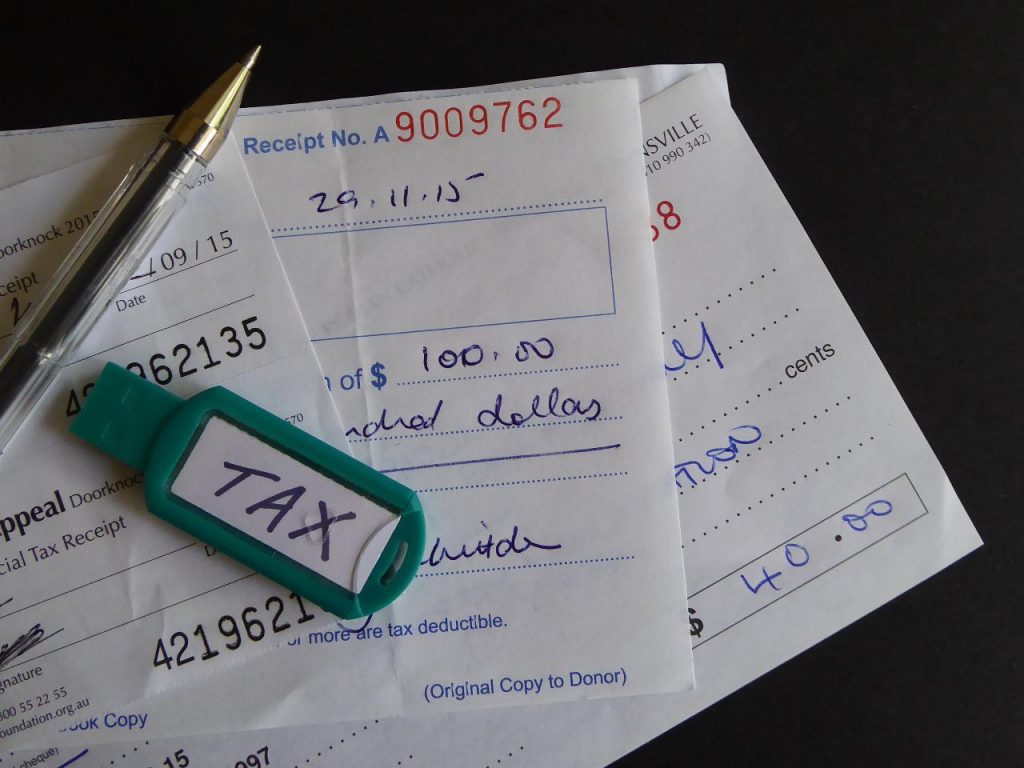Most of the best tax breaks for individuals can only be used if you itemize your deductions instead of just taking the standard deduction. Since 2018, when the standard deduction was almost doubled, only about 11% of taxpayers today itemize. For 2022, the standard deduction for single people is $12,950 and for married people filing jointly it is $25,900. Also, a number of personal deductions for people who itemize their taxes were cut or taken away. You should only list your individual deductions if they are more than your standard deduction.
Here are the top personal deductions for individuals.
1. Mortgage Interest
If you itemize, you can deduct the interest you pay on a loan secured by your main home or a second home. You can’t deduct the principal, though. To get the deduction, you have to be obligated to pay the debt and make the payments, which your lender will report to the IRS.
Interest on home loans used to buy a first or second home before December 15, 2017, is tax-deductible up to $1 million. For first and second homes bought after December 15, 2017, a homeowner can only deduct the interest on up to $750,000 in acquisition debt. This 25 percent cut to the mortgage interest deduction is set to stay in place from 2018 to 2025. But the reduction doesn’t apply to refinancings of homes bought before December 15, 2017, as long as the new loan doesn’t go over the amount of the mortgage being refinanced.
2. State and Local Taxes
If you itemize, you can deduct your state and local taxes, such as (1) property taxes and (2) state income or sales taxes, whichever is higher. In the past, there was no limit on how much you could deduct. But between 2018 and 2025, taxpayers can only deduct up to $10,000 in state and local taxes each year. This $10,000 limit applies to both single and married taxpayers, and it is not adjusted for inflation.
3. Charitable Donations
If you itemize, you can deduct any cash or non-cash donations you make to a qualified nonprofit organization. You have to keep records of all cash contributions, even those that are less than $250. You must have a receipt or acknowledgement from the nonprofit organization for all property donations and cash donations over $250. Form 8283, Noncash Charitable Contributions, must be included with your tax return if you give property or something else that isn’t cash and it’s worth more than $500.
Under the Coronavirus Aid, Relief, and Economic Security (CARES) Act, taxpayers who don’t itemize their deductions could deduct $300 of qualified charitable contributions as a “above the line” deduction in 2020 and 2021. Married taxpayers filing jointly could deduct $600 in 2021.
4. Medical Expenses and Health Savings Accounts (HSA)
If you list each expense separately, you can deduct the amount that is more than 7.5% of your adjusted gross income. So, if your AGI is $100,000, you can only write off your medical costs if they are more than $7,500. For example, you can only deduct $2,500 of your $10,000 in medical costs. Health insurance premiums and out-of-pocket costs that aren’t covered by insurance are both eligible medical costs for you and your dependents.
If you have a qualified Health Savings Account (HSA), you can deduct the money you put into it, and you don’t have to pay taxes on any interest you earn from it. To open an HSA account, you must have a health plan with a high deductible that meets the HSA rules. You can pay for almost any health-related expense with the money in your HSA account.
5. 401(k) and IRA Contributions
If your employer has a 401(k) plan, you should put in as much as you can, especially if your employer matches your contributions. In 2022, the most you can give is $20,500. You can put in an extra $6,500 a year if you are 50 or older.
In 2022, you can put $6,000 into an IRA and deduct that amount from your income. However, if your income is above certain limits and both you and your spouse have a workplace retirement plan, this deduction will be phased out. You can put in an extra $1,000 if you are 50 or older.
6. Student Loan Interest
For the life of the loan, you can deduct up to $2,500 in student loan interest payments each year (income limits apply). This is a “above-the-line” deduction, which means you can take it even if you don’t itemize your deductions. So, it can be taken by all taxpayers who qualify.
7. Education Expenses
You can open a Coverdell account and put up to $2,000 into it each year (with phase-outs for higher-income people). In 2013, these contribution amounts were set in stone. The amount you put in isn’t tax-deductible, but any money you take out to pay for college isn’t taxed.
You can also set up a “Section 529 plan,” which is a state-run college savings plan that lets you take money out tax-free for certain college costs.
Also, parents who send their kids to private schools can take out up to $10,000 a year from a 529 plan to pay for elementary, middle, and high school tuition.

